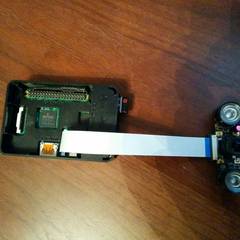Inthing can take a screenshot of your desktop then post it online.
Here's a quick example:
Alternatively you can do the same thing from the command line with the inthing app. The following is equivalent to the Python code (assuming you have set up the stream and password environment variables):
See the docs for more details.
Screenshot capabilities courtesy of the excellent pyscreenshot library.
Screenshot taken with Stream.screenshot






